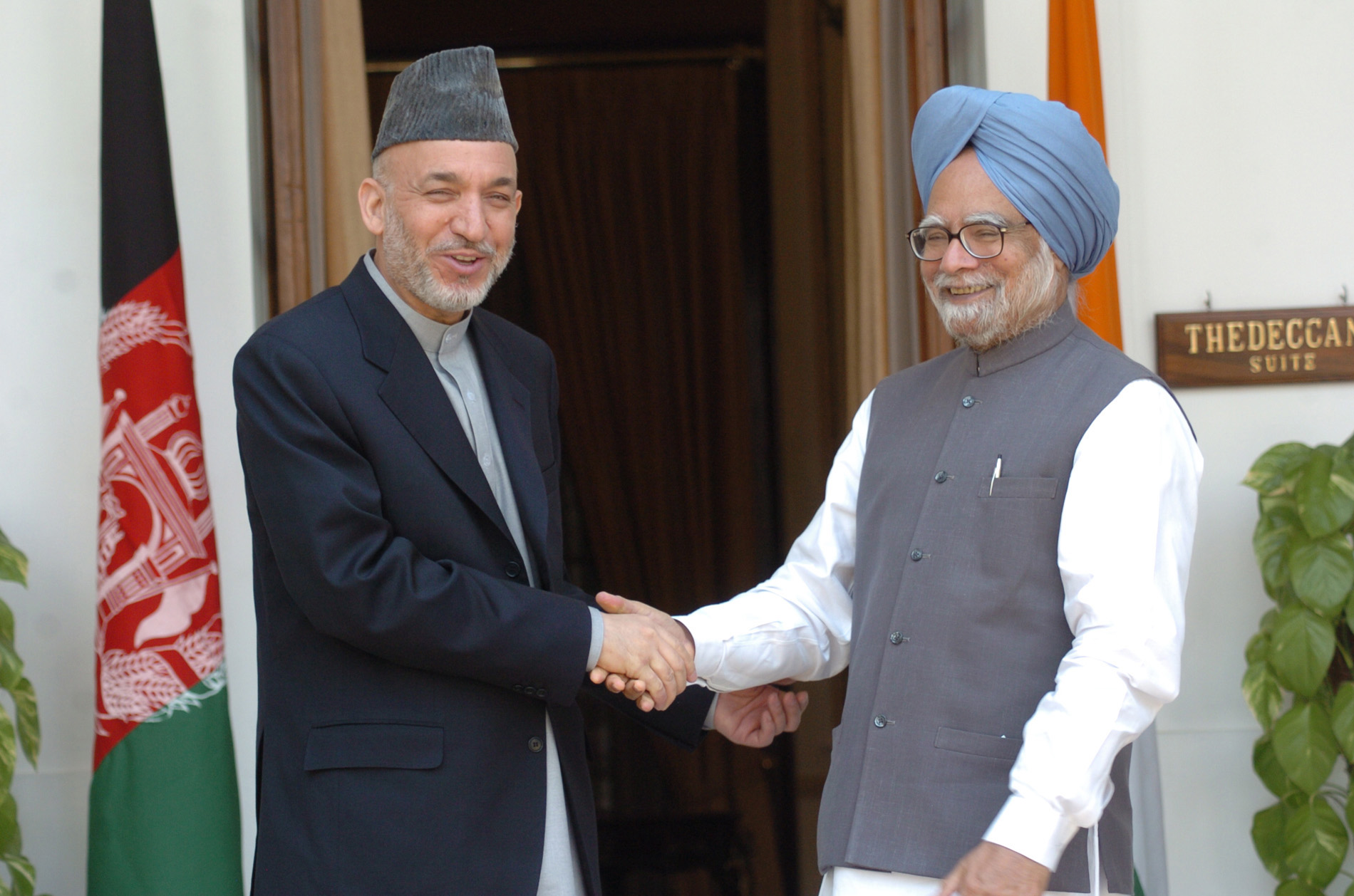India should invest more in Afghanistan, say experts
 New Delhi, Dec.27 : India should invest more and invest it where it matters in Afghanistan to strengthen its presence and influence in a country which is struggling valiantly to initiate a process of nation-building against extreme odds.
New Delhi, Dec.27 : India should invest more and invest it where it matters in Afghanistan to strengthen its presence and influence in a country which is struggling valiantly to initiate a process of nation-building against extreme odds.
This was one of the conclusions of a round-table discussion on the Current Situation in Afghanistan, organised by Observer Research Foundation here today.
The meeting was addressed by some of the well-known experts on the subject and was chaired by Vikram Sood, vice president, ORF Centre for International Affairs and former Secretary, Research and Analysis Wing.
The discussion primarily focused on the flawed state building process in Afghanistan. The speakers pointed out two sets of influences working in the country—one was international with multiple agendas, not often complimentary and another was national, specially the phenomenon of the Taliban and its growth largely influenced by fractured political process, poor governance in large parts of the country, alienated population and flourishing opinion industry.
The key factor in today's Afghanistan is the relevance and influence of the State, or the lack of it. The State could have strengthened if it had delivered governance, security, elementary justice and a feeling of inclusiveness to the people. The fact that the Taliban, and violence, has only grown in the past five years is an indication of the State's failure to deliver to the people some very basic requirements of belonging.
The basic flaw was in the way the State was being projected and constructed. The development of three pillars of governance—administration, judiciary and police—is an apt illustration. Although the elections were held and were enthusiastically endorsed by the people, there was no guide map for the political institutions like the parliament or the local councils to function. Although the parliament was supposedly represented the will of the people, the executive refused to respect its directions. The provincial and local councils were filled up with friends, associates and relatives, creating an informal structure which has only become stronger in the past five years.
A police chief, for instance, of a particular district is appointed from outside and he brings his own tribesmen to guard him and help him police the area which has people from a different tribe or a sub-tribe. The result is people view the police force with suspicion and hatred as policemen are hardly honest and are involved in opium trading and other criminal activities. Informal taxation is quite high. There are quite a few, said a speaker, who acted as policemen in the daytime and changed into the Taliban in the night. The police are considered more of a problem.
In any case, the police force has been structured more as a counter-insurgency force rather than one tasked to take care of law and order. The force components are rooted in the tribal militia and are hardly trained---two weeks training---to become a professional group. The force is also afflicted with `ghosts` --at least 60 per cent of the 70,000-strong force remain confined to the books. The force is also riddled with a high attrition rate, caused by absence of regular and sufficient income, threats from the Taliban and plain homesickness.
The Afghan National Army was slightly better. Not long ago, there were 200,000 enlisted men and some 2500 Generals in the army which operated more like a tribal militia than a professional force. Things have improved since then. Although attempts have been made by the Ministry of Defence to reform the Army, there are quite a few problems which have not been confronted. Although the Army, modeled on a light infantry unit, has a strength of 43000, only 20,000 of them are available to fight. The tribal affinities also cause its share of problems. Half the men are Pashtuns while the officer cadre has 50 per cent Tajiks.
Speakers felt that it was very difficult to create a strong and influential officer cadre in such a short time especially when there was hardly any infrastructure to recruit and train such men. The officer corps in Afghan National Army has no incentive take decisions and work directly under foreign `mentors`. They are seen more as a junior arm of the US Army rather than an independent military force.
The other military forces on the ground have their own set of problems. First there are fewer boots on the ground, about 55000 which is considerably less than what is deployed in Iraq. The other problem is duplicity of chain of command and second, the international forces are not in a position to clear, sweep and hold; it can do the first two but cannot hold a position for long, a situation which has helped the Taliban to increase its influence. (ANI)